SEARCH






|
|
|
|


by Editor Swapnil Despandhe
Abstract by definition implies a work of art that does not attempt to represent external reality, but rather seeks to achieve its effect using shapes, colours, and textures. Also abstract photography implies creating something that does not copy what is actually existing in concrete but transforming that which does not exist in real but lies in your ideas and you convert them into work of art through shapes, textures, lines and colours.
Simply quoting from Wikipedia makes it quite easy to perceive which states: “Abstract photography, sometimes called non-objective, experimental, conceptual, is a means of depicting a visual image that does not have an immediate association with the object world and that has been created through the use of photographic equipment, processes or materials.”
Abstract form of art gained popularity among painters first and then photographers inherited it more so after the digital format gained popularity. Among all the genres of photography or art, abstract was something that gave a higher degree of freedom to the artists as compared to other forms. Abstract is all about transforming your ideas and emotions and putting it on canvas. Abstract frees both the viewers and creators from the monotony of realism and takes them to the journey of emotions, ideas and surrealism. Abstract is one of those arts, which can take place while practising any other genre like nature, portrait, architecture etc.
In spite of having so many definitions to simplify abstract, still there is no definition that can clarify it. More so this is the reason that it is better to go in indirect way of defining abstracts. How we do it or how abstracts are perceived and created.
The unusual angle of view or unusual perspective
This method implies creating an image from an angle, which normally is unseen. Its self-explanatory and some images below can easily clear this idea! These are used extensively in architecture to make it look surreal and out of the world.
Converting to monochrome
Removing colours and looking through red and blue filters to the natural scene shifts the view from natural to something abstract, which can never be seen in the real world.
Patterns in the world.
Patterns can be seen everywhere around you. As an artist you can see chaos or uniformity in any pattern around you. How you convert that into your canvas is what makes you the artist that you are. To select patterns, the most common way is to look through a macro lens or a wide view from aerial shots. But so many patterns also can be seen in daily life such as water bubbles, smoke or repetitive objects like shown in the images below.
Textures
Textures around us have always intrigued the artists from the age of paintings. Textures of curtains, ceilings, barren earth, canopy of trees are used widely to create an abstract form. As mentioned before, a macro lens helps to create a uniform texture when the entire pattern is in focus creating a texture. Additionally sand dunes and fields also give us a nice texture from a telephoto lens perspective.
The play of light
The play of light is an important element to how we see things as. The angle of light front, side and top makes an object look totally different in different angles. Amazing abstracts are seen through just playing with these angles.
Lines and curves
Using lines and curves is tough in abstract form but it is practised by many and mastered by a few. Geometrical representation helps in creating minimalist abstract forms and helps in presenting an idea in its simplest form.
As we glanced over these usual methods to create abstractions, it is worthwhile to note that these are just a few of the many possibilities to create abstracts. That's the reason why 'abstract' has so much definitions and at the same time no definition at all.
Have a great visual journey through the amazing abstractions of 1x artists here!
 | Write |
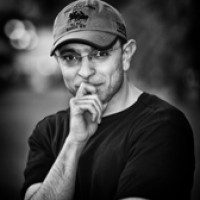 | Rami Al Adwan Wounderfull collection ,Thank you so much dear Yvette and others . |
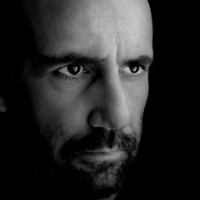 | Vangelis Makris (Mc Ris) Im really honored. Thank you so much dear Yvette and Swapnil and congrats for this article :) Greetings. |
 | Martina Stutz An instructive article and so beautiful and impressive images that show the versatile possibilities of abstract art so well. Congratulations to all creative authors, every work is inspiring! And many thanks to Swapnil and Yvette! Warm regards, Martina |
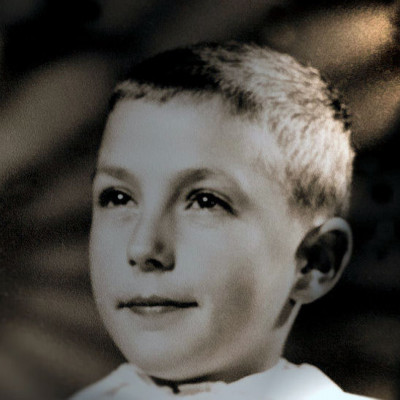 | Thierry Dufour PRO J'adore, des images de rêve !!! |
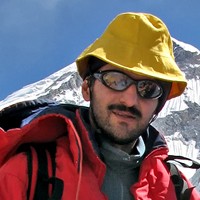 | Mohammadreza Momeni Thank you dear Yvette and dear swapnil, |
 | swapnil deshpande PRO dear all ,
thank you so much for the feedback! it was truly astonishing to see the amazing work done by you all ! the article is only a collection, but your work is just out of this world! cheers! |
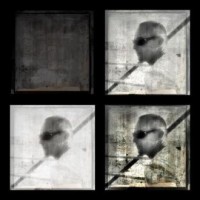 | Paulo Abrantes PRO i´m honored. so many thanks and congrats for the article. excellent |
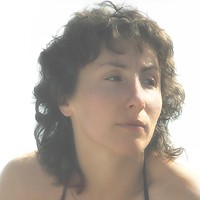 | Fabiola Amidei PRO I am truly honored to be part of this magnificent selection, and I am very happy for this truly unexpected gift :-)
Thank you very much dear Yvette and Swapnil... and congratulations on this interesting and excellent article. All the best to you :-) |
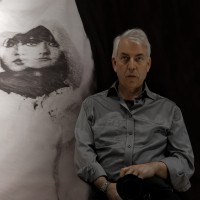 | Gilbert Claes PRO Hi Yvette and Swapnil.... I am very grateful for this opportunity and appreciation ... It is an honor to be present with my work in this selection. Many thanks dear friends for this valuable publication ... Warm greetings... Gil |
 | Carmine Chiriacò CREW thank you very much Yvette and Swapnil for the article, very interesting. It is an honor for me to be part of these great works. Congratulations to all |
 | Udo Dittmann PRO Many thanks for selecting two of my works for this excellent article.
Cheers, Udo |
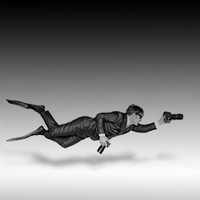 | Mike Kreiten CREW I love your selection of very different types of abstracts, thanks for the article. I even like the CGI in here, just not sure CGI fractals can be considered abstract in a photographic sense. I mean extract a part or use a typical element from of a bigger thing, when there is no other thing than the rendered. Who would (3D-) model more than needed? |
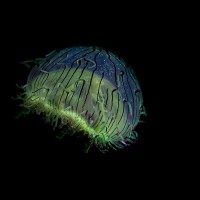 | David williams PRO :) |
 | Udo Dittmann PRO in my opinion it's not the right place here for a CGI controversy |
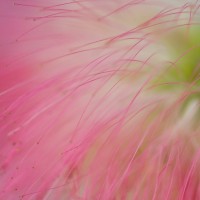 | Evan Oz CREW As Swapnil states, it is fascinating to observe the range of creativity that goes into making an abstract. A pleasure to view. Many thanks for the inclusion and fine article. |
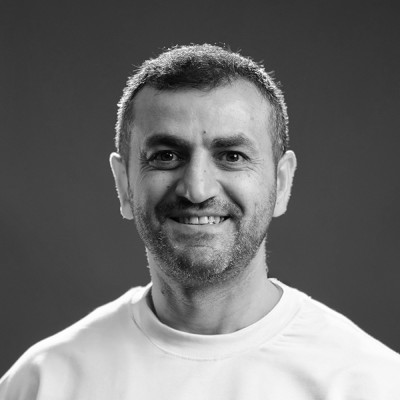 | Ibrahim Nabeel The works are truly wonderful and inspiring |
 | Yvette Depaepe CREW Excellent article/study about the Art of Abstraction, Swapnil. Many thanks !!! And congratulations to all the authors selected in this gallery.
Best wishes for a great weekend ahead! Cheers, Yvette |
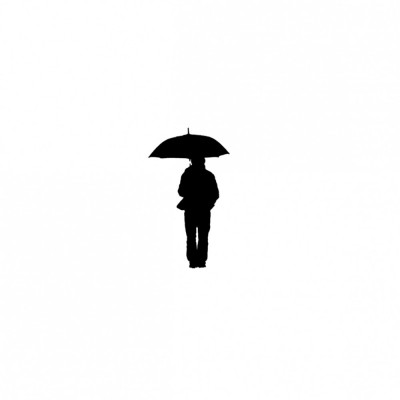 | Massimo Della Latta Splendid |
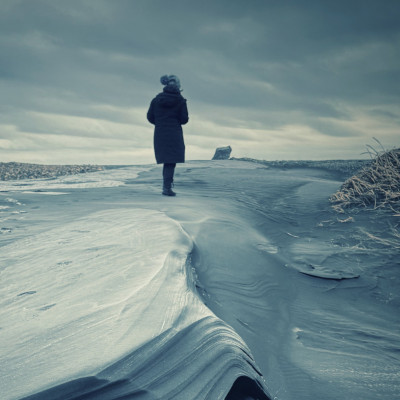 | Judy Tseng PRO so amazing! |